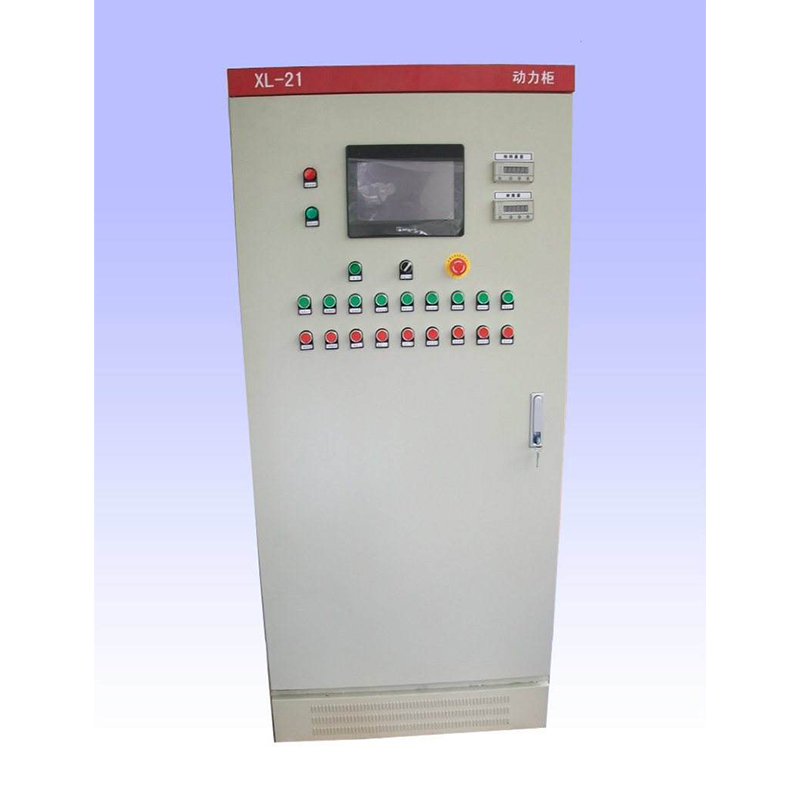
Nov . 16, 2024 15:35
Back to list
electric valve
Understanding Electric Valves A Key Component in Modern Automation
Electric valves play a crucial role in various industrial applications, providing precise control over the flow of fluids and gases in numerous systems. As automation technology continues to evolve, electric valves emerge as vital components that enhance the efficiency, safety, and reliability of operations across multiple sectors, including manufacturing, water treatment, HVAC, and chemical processing.
What is an Electric Valve?
An electric valve is a type of valve that uses an electric actuator to open or close its mechanism. This actuator can be powered by various sources, such as AC or DC electricity, and it typically consists of an electric motor, gearing components, and limit switches. The main advantage of electric valves is their ability to be controlled remotely, allowing for greater versatility and integration within automated systems.
How Electric Valves Work
Electric valves operate by converting electrical energy into mechanical motion. When a control signal is sent to the electric actuator, the motor spins, which in turn moves a stem or lever connected to the valve's disc, ball, or gate. This movement either allows or restricts the flow of the fluid or gas passing through the valve. Unlike manual valves that require physical manipulation, electric valves provide quick and efficient response times, making them ideal for processes that require rapid adjustments.
Types of Electric Valves
1. Electric Ball Valves These valves are designed with a spherical ball that has a hole through its center. When the ball is aligned with the flow, the valve is open; when it is rotated 90 degrees, the flow is blocked. Electric ball valves are known for their tight sealing capabilities and quick operation.
2. Electric Gate Valves These valves are used primarily for on/off control and feature a wedge-shaped metal gate. When the gate is lifted, the flow is allowed; when lowered, it is completely closed. Electric gate valves are suitable for larger pipelines and high-flow applications.
3. Electric Butterfly Valves Butterfly valves consist of a rotating disc that regulates flow. They are lightweight and require minimal installation space, making them a popular choice in HVAC and water treatment applications.
4. Electric Globe Valves These valves have a spherical body and are designed to regulate flow more precisely. They provide better throttling capabilities than other valve types, making them ideal for applications where flow control is critical.
electric valve

Benefits of Electric Valves
1. Remote Operation Electric valves can be operated from a distance using control systems, eliminating the need for manual intervention. This remote capability enhances safety and convenience, especially in hazardous environments.
2. Precision Control The ability to adjust valve positions accurately allows for better flow regulation, which optimizes processes and reduces waste.
3. Reduced Maintenance Since electric valves have fewer moving parts than manual valves, they typically require less maintenance and have a longer operational lifespan.
4. Integration with Automation Systems Electric valves can be easily integrated into automated systems and controlled via PLCs (Programmable Logic Controllers) or SCADA (Supervisory Control and Data Acquisition) systems, enabling real-time data monitoring and control.
Applications of Electric Valves
Electric valves are widely used in various industries, including
- Water and Wastewater Treatment To control the distribution and treatment of water resources. - Oil and Gas For safe handling and transportation of petroleum products. - HVAC Systems To regulate indoor climate and improve energy efficiency. - Food and Beverage Industry Ensuring safe production processes and maintaining hygiene standards.
Conclusion
In summary, electric valves are an indispensable element of modern automation and control systems. Their ability to provide precise and reliable operation makes them essential in a variety of applications that require efficient fluid and gas management. As technology advances, the future of electric valves will likely see further innovations, improving their functionality and integration in diverse industrial processes. Understanding these technologies will be beneficial for professionals looking to enhance operational efficiency and reduce costs in their respective fields.
Next:
Latest news
-
Safety Valve Spring-Loaded Design Overpressure ProtectionNewsJul.25,2025
-
Precision Voltage Regulator AC5 Accuracy Grade PerformanceNewsJul.25,2025
-
Natural Gas Pressure Regulating Skid Industrial Pipeline ApplicationsNewsJul.25,2025
-
Natural Gas Filter Stainless Steel Mesh Element DesignNewsJul.25,2025
-
Gas Pressure Regulator Valve Direct-Acting Spring-Loaded DesignNewsJul.25,2025
-
Decompression Equipment Multi-Stage Heat Exchange System DesignNewsJul.25,2025

